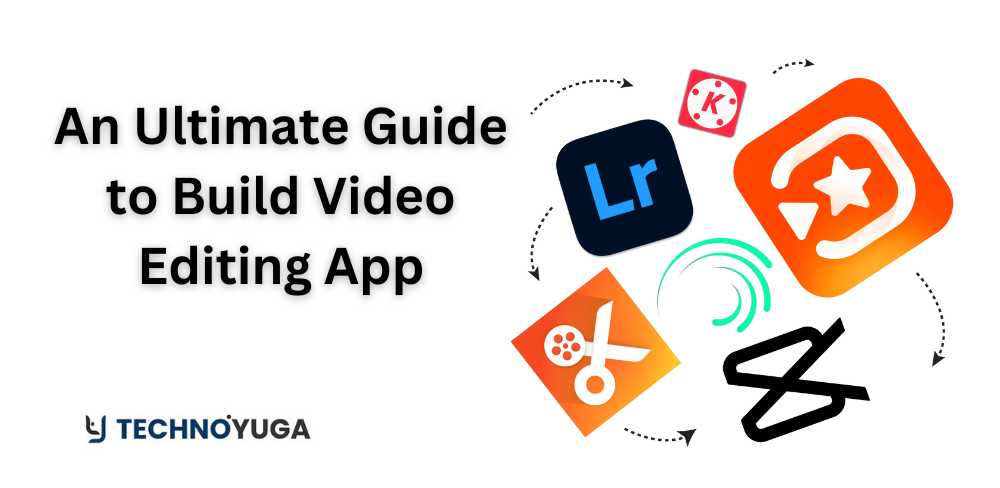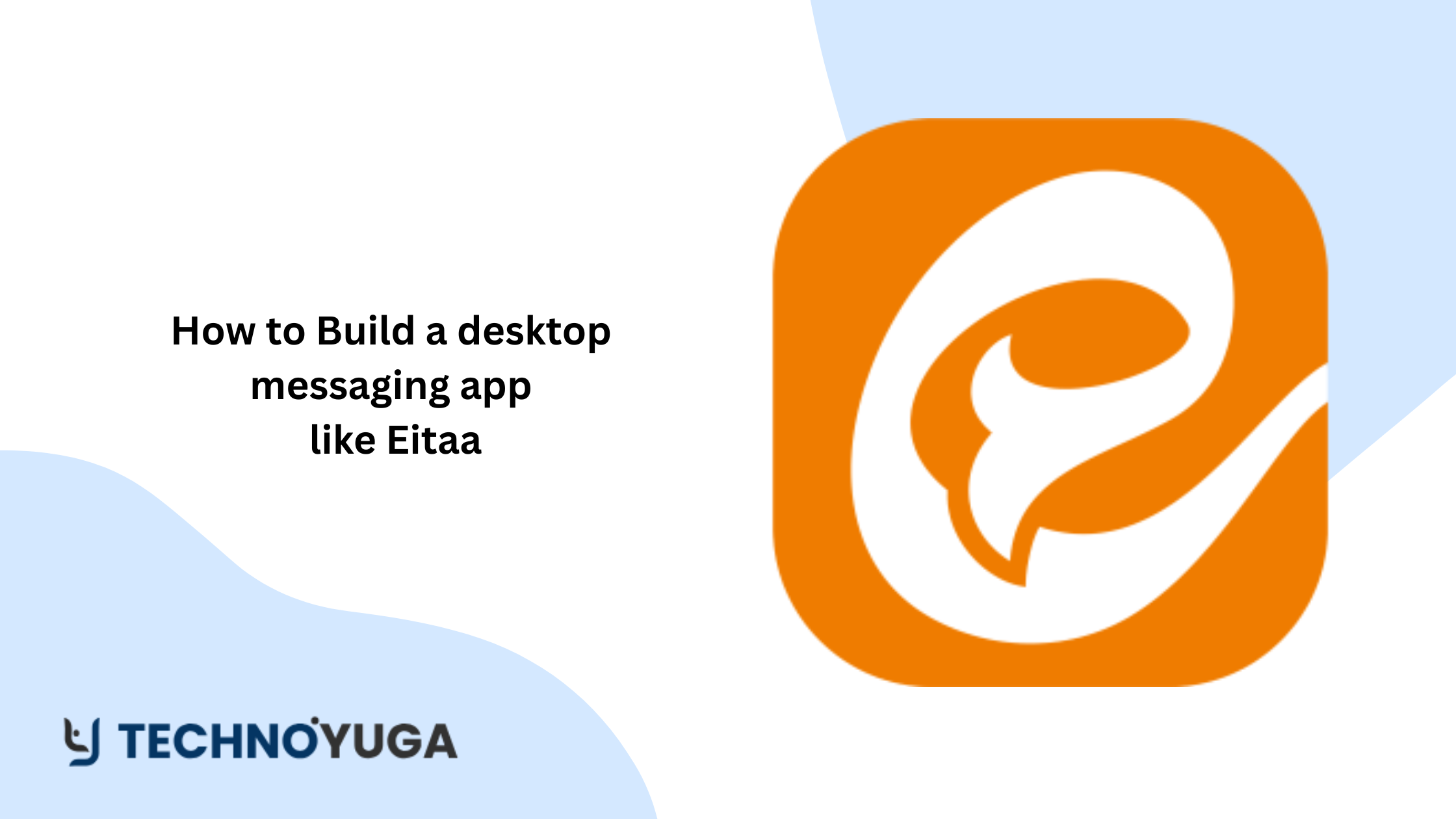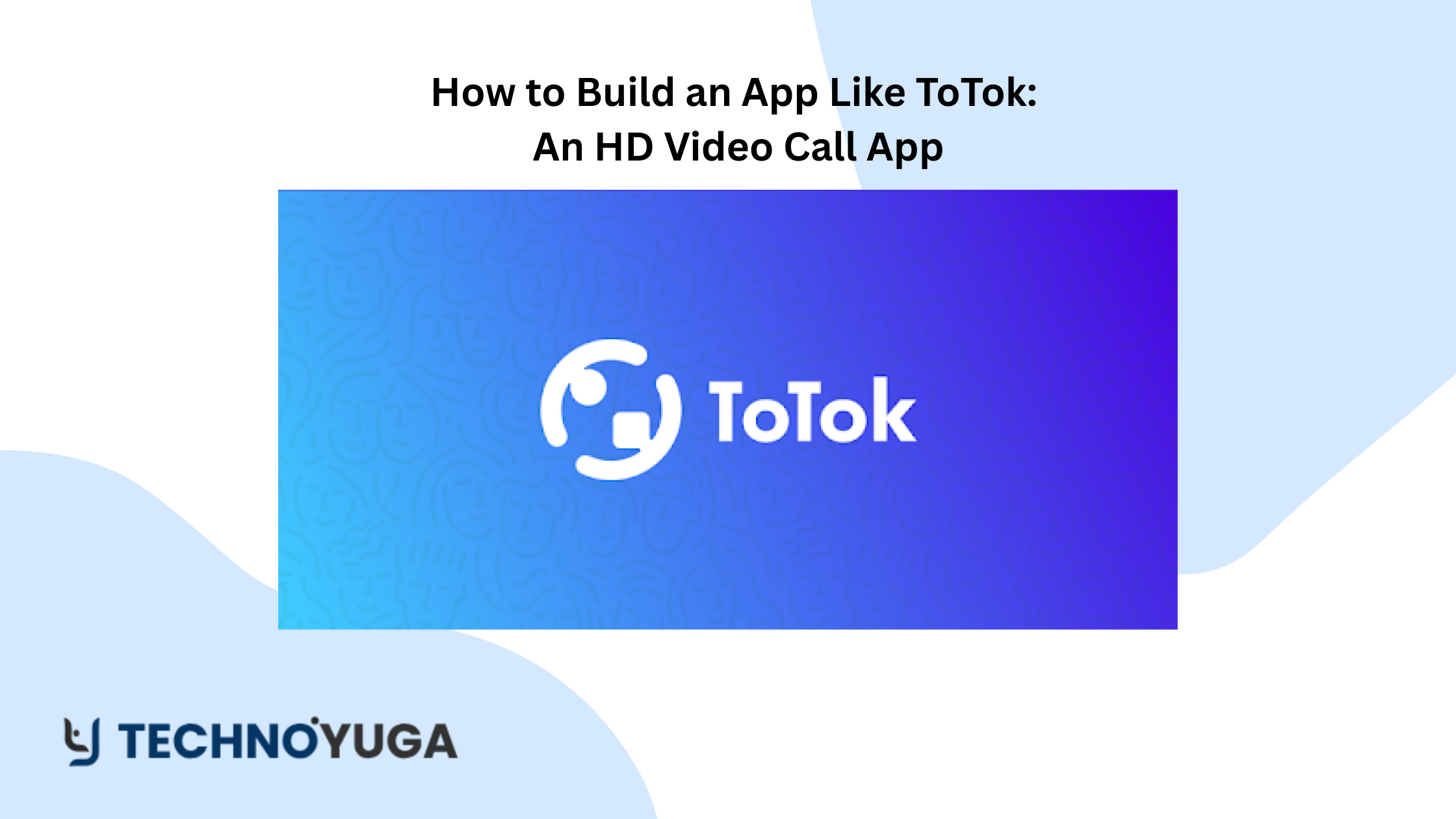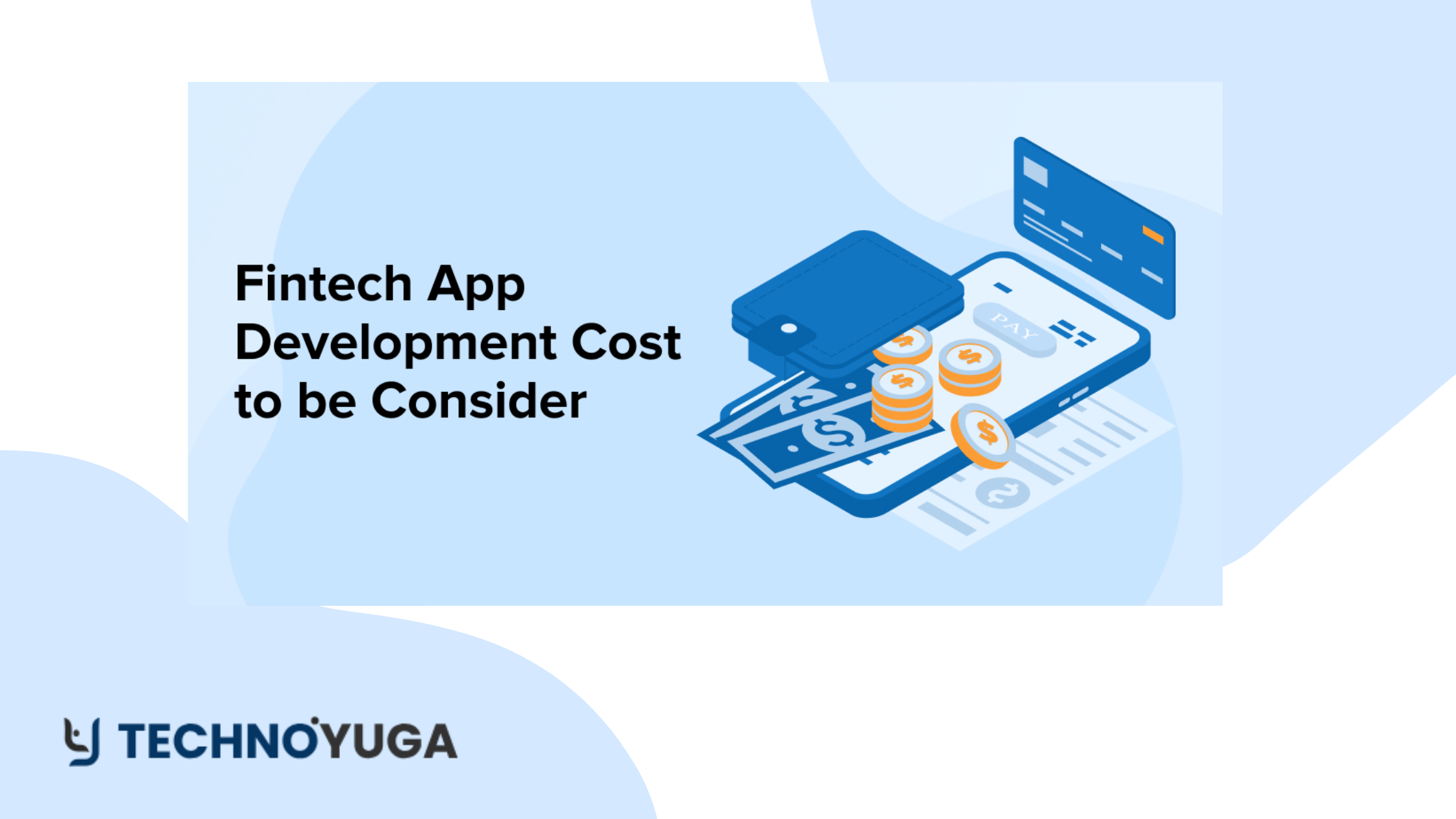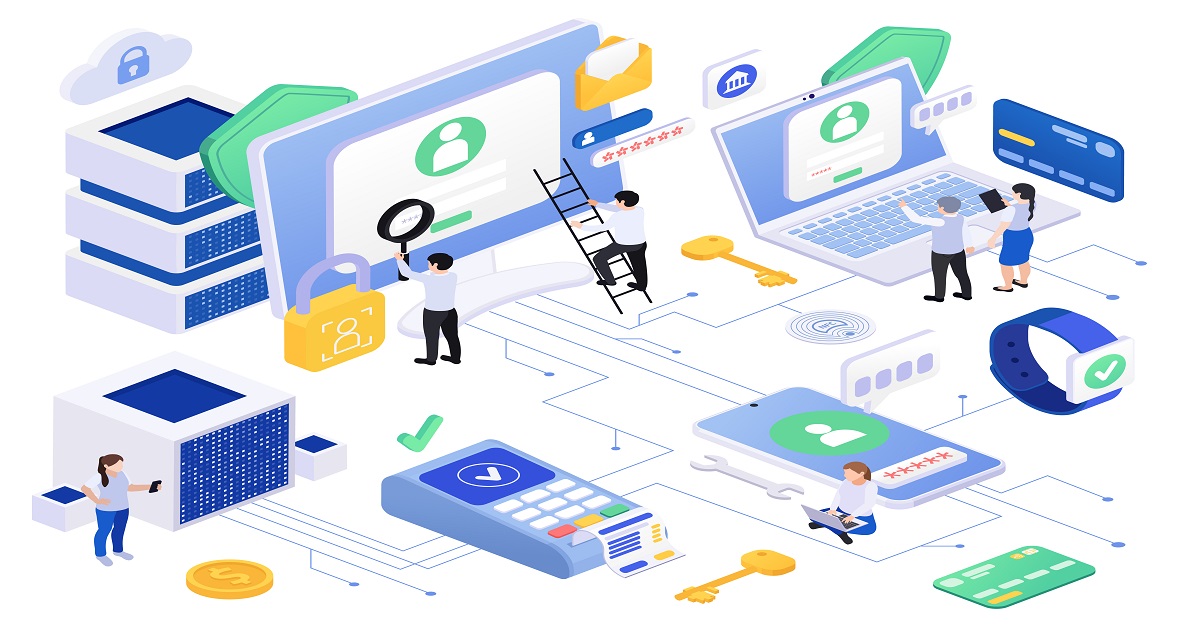In recent times, the landscape of content creation has been revolutionized by the surge of video production, underscored by the emergence of platforms like TikTok, and prior to that, YouTube.
Users across the internet are churning out vast volumes of video content, instantly disseminating it among peers and followers through diverse social media platforms.
Simultaneously, businesses perceive video content as a potent tool for advertising and product promotion, with approximately 86% of enterprises leveraging video as a pivotal marketing instrument. Hence the demand to build video editing app has reached the heights of success.
As a result, there is now a plethora of custom video editing apps tailored for both personal and commercial usage, facilitating the creation of top-tier video content while offering comprehensive editing solutions. So, if you are planning for video editing app development like VN editor, this blog can be your saviour. So, don’t miss reading it.
What is A Video Editing App?
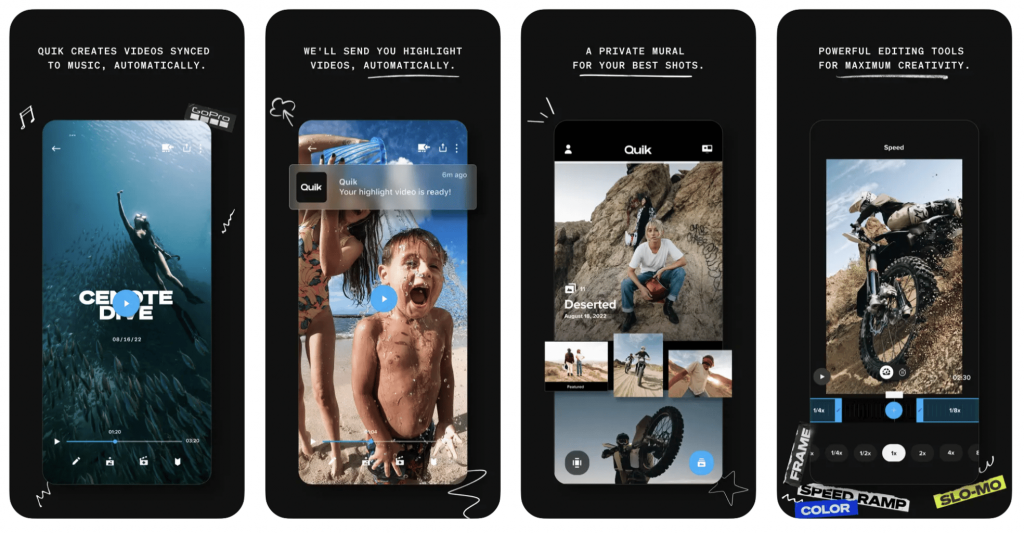
A video editing app is a software application designed for editing and enhancing videos on various devices such as computers, smartphones, and tablets. These apps provide users with tools to trim, cut, merge, and manipulate video clips, as well as add effects, transitions, text overlays, and audio tracks to create professional-looking videos.
Video editing applications often feature user-friendly interfaces and a range of editing options suitable for both beginners and experienced users. Popular video editing apps include Adobe Premiere Pro, Final Cut Pro, iMovie, DaVinci Resolve, and Filmora, each offering a unique set of features tailored to different editing needs and skill levels.
So, this is all about video editing applications every business owner should know before reaching out to a leading mobile app development company for development.
Latest Video Editing App Development Market Statistics
Are you planning to develop a video editing app? If yes, then look at the latest market statistics and analytics to get an insight into the current market statistics.
Market Size
- The global mobile video editing app market was valued at $764 million in 2021 and is expected to reach $1567 million by 2030, growing at a CAGR of 9.5% during the forecast period (2022-2030).
- The global phone video editing app market is projected to reach Multi Million USD by 2029, with North America and Europe playing major roles in the market’s growth.
Growth Drivers
- Rising demand for video content creation: Increased reliance on video for social media, marketing, and communication drives the need for easy-to-use video editing tools.
- Advancements in smartphone technology: Faster processors, increased RAM, and better smartphone camera capabilities make mobile video editing more viable.
- Growing popularity of social media platforms: Platforms like TikTok and Instagram Reels encourage users to create and share edited videos, further fueling the demand for editing apps.
- Subscription model adoption: Many video editing apps are switching to subscription models, offering premium features and generating recurring revenue.
List of Top 5 Video Editing Apps in 2024
Planning to build video editing app in 2024? Here is a list of the 5 most popular video editing applications you must know before stepping into the development process.
1. Adobe Premiere Pro
Adobe Premiere Pro is a professional-grade video editing software known for its powerful features, advanced capabilities, and seamless integration with other Adobe Creative Cloud apps.
2. Final Cut Pro X
Final Cut Pro X is a professional video editing software developed by Apple, offering an intuitive interface, advanced editing tools, and robust performance optimized for Mac systems.
3. DaVinci Resolve
DaVinci Resolve is a comprehensive video editing and colour-grading software known for its advanced colour-correction capabilities, professional-grade editing tools, and a free version with powerful features.
4. iMovie
iMovie is a user-friendly video editing software designed for macOS and iOS devices, offering simple yet effective tools for editing, adding effects, and creating professional-looking videos.
5. Filmora
Filmora is a beginner-friendly video editing software with a wide range of creative tools, effects, and templates, suitable for users looking to create impressive videos without a steep learning curve.
How to Build Video Editing App? Step-by-Step Development Process
If you are planning for exclusive video editing app development solutions, you must be well-versed in the entire development process. Below is a step-by-step guide to help you build video editing app successfully as explained by the on demand app development company experts.
Step 1: Define Your App’s Objectives and Features
- Determine the target audience and their needs.
- Identify key features such as video importing, trimming, adding effects, transitions, and text overlays, audio editing, and exporting options.
- Research existing video editing apps to understand market trends and user expectations.
Step 2: Choose the Right Platform and Technology Stack
- Decide whether you want to develop for iOS, Android, or both platforms.
- Select the appropriate programming languages and frameworks. For example, Swift for iOS, Kotlin for Android, and possibly cross-platform frameworks like React Native or Flutter.
Step 3: Design the User Interface (UI) and User Experience (UX)
- Create wireframes and mockups to visualize the app’s layout and flow.
- Ensure a user-friendly interface with intuitive navigation and controls.
- Consider usability principles and accessibility guidelines.
Step 4: Develop Core Functionalities
- Implement video importing from the device’s gallery or camera.
- Add basic editing features like trimming, splitting, cropping, and rotating videos.
- Integrate audio editing capabilities, including adding music tracks, voiceovers and adjusting volume levels.
- Implement basic visual effects, filters, and transitions.
Step 5: Advanced Editing Features
- Develop advanced editing functionalities like adding text overlays, stickers, and animations.
- Implement special effects such as filters, color grading, and green screen effects.
- Allow users to adjust playback speed, reverse videos, and apply slow-motion effects.
Step 6: Cloud Integration and Collaboration
- Enable cloud storage integration (e.g., Dropbox, Google Drive) for storing and accessing video files.
- Implement collaboration features, allowing users to work on projects together in real time or share edited videos with others.
Step 7: Testing and Quality Assurance
- Perform thorough testing across different devices, screen sizes, and operating system versions.
- Test all functionalities to ensure they work as expected and are bug-free.
- Collect feedback from beta testers and iterate based on user suggestions.
Step 8: Deployment and Distribution
- Prepare your app for deployment to the respective app stores.
- Follow submission guidelines and requirements for each platform.
- Consider localization and language support if you plan to target global audiences.
Step 9: Continuous Improvement and Updates
- Monitor user feedback and app usage analytics to identify areas for improvement.
- Release regular updates to add new features, fix bugs, and enhance performance.
- Stay informed about emerging technologies and industry trends to keep your app competitive.
Additional Considerations
- Performance Optimization: Ensure smooth performance, especially when handling large video files and complex editing operations.
- Security: Implement measures to protect user data and ensure secure transactions, especially if your app involves in-app purchases or subscription models.
- Legal Considerations: Familiarize yourself with copyright laws and licensing requirements, especially if your app allows users to add copyrighted music or content to their videos.
Building a video editing app requires careful planning, technical expertise, and attention to detail. By following these steps and staying responsive to user feedback, you can create a compelling and successful video editing experience for your users.
Key Features Required to Build Video Editing App
Want to create a video editing app with exclusive features and functionalities? To help you mention the key features and functionalities, the Android app development company experts have highlighted the features in the succeeding section. Let’s have a look!
- User-friendly Interface: Design an intuitive and user-friendly interface allowing users to navigate the app easily. Provide a drag-and-drop functionality for importing media files.
- Basic Editing Tools: Include fundamental editing tools such as cut, trim, split, and merge to enable users to modify video content easily. Add options for adjusting speed, brightness, contrast, and saturation.
- Transition Effects: Offer a variety of transition effects to enhance the flow between different video clips. Include options for fade in/out, dissolve, slide, and other popular transitions.
- Filters and Effects: Provide a range of filters and visual effects that users can apply to enhance the overall look of their videos. Allow customization and preview options for these filters.
- Text and Titles: Include a text overlay feature for adding titles, subtitles, and captions to videos. Offer a variety of fonts, styles, and animations for text elements.
- Audio Editing: Enable users to adjust the volume, add background music, and incorporate sound effects. Provide features for precise audio editing, such as noise reduction and equalization.
- Multi-Track Editing: Users can work with multiple video and audio tracks for more complex editing projects. Provide a timeline view for easy manipulation of various elements.
- Stabilization and Correction: Implement features for video stabilization to reduce shakiness in handheld footage. Include color correction tools to enhance video quality.
- Export Options: Support various video formats and resolutions for export. Users can share their edited videos or save them locally to social media platforms.
- Cloud Integration: Enable users to store and access their media files from cloud services like Google Drive, Dropbox, or iCloud. Facilitate seamless collaboration by allowing users to work on projects across multiple devices.
- Real-time Preview: Provide a real-time preview of edits to help users visualize changes before finalizing them.
- Undo/Redo Functionality: Include a robust undo/redo feature to allow users to revert or redo edits easily.
- Project Management: Implement a system that enables users to organize and save their editing projects.
- Tutorials and Help Section: Include tutorials or a help section to assist users in understanding and utilizing advanced features.
- Cross-Platform Compatibility: Ensure the app is compatible with various operating systems for a broader user base. Regular updates and responsiveness to user feedback will also contribute to your video editing app’s ongoing success and improvement.
How Much Does It Cost to Build Video Editing App?
The average cost to build a video editing app ranges in between $8,000 to $25,000 and beyond. The video editing mobile app development cost can vary widely depending on several factors. Here are five key considerations that influence the cost:
1. Features and Functionality
The complexity and breadth of video editing app features you want in your mobile application significantly impact the cost to develop a video editing application. Basic apps with limited editing capabilities will cost less to develop compared to advanced apps with features.
2. Development Platform
The choice of platform for your video editing app also affects the cost. Developing for a single platform like iOS or Android will generally be less expensive than creating a cross-platform app that works on both mobile and web platforms. Each platform has its development requirements and costs associated with them.
3. Design Your Video Editing App
Designing an intuitive and visually appealing UX/UI is crucial for a video editing app. It involves not only creating an attractive design but also ensuring that the app is easy to navigate and use. The complexity of the UI/UX design process can impact development costs.
4. Integration and Compatibility
If you plan to integrate your video editing app with other platforms, services, or APIs (such as cloud storage services, social media platforms, or third-party plugins), the video editing app development cost will increase. Compatibility with various devices, screen sizes, and resolutions may also add to the complexity and cost of development.
5. Backend Infrastructure
The backend infrastructure required to support features like cloud storage, file management, user accounts, and collaboration tools can contribute to the overall cost of building a video editing app. Depending on the scale and complexity of your app, you may need to invest in server infrastructure, databases, and other backend technologies.
Ready to Develop A Video Editing App? Connect with TechnoYuga!
TechnoYuga is your partner in developing a cutting-edge video editing app that empowers users with creative control and seamless functionality. Our team of experienced video editing app developers and designers specializes in crafting bespoke applications tailored to your unique vision and requirements.
With TechnoYuga, you can expect a collaborative approach that prioritizes your goals and user experience. We leverage the latest technologies and industry best practices to ensure your video editing app stands out in a competitive market.
From intuitive interfaces to robust editing tools, we bring your ideas to life with precision and excellence. Whether you’re targeting professionals or casual users, our iOS app development company professionals offer solutions that are scalable and adaptable to meet evolving demands.
Partner with TechnoYuga and unlock the potential of your video editing app. Together, we’ll create a dynamic platform that inspires creativity and enhances user engagement. Contact us today to embark on your journey towards success!
